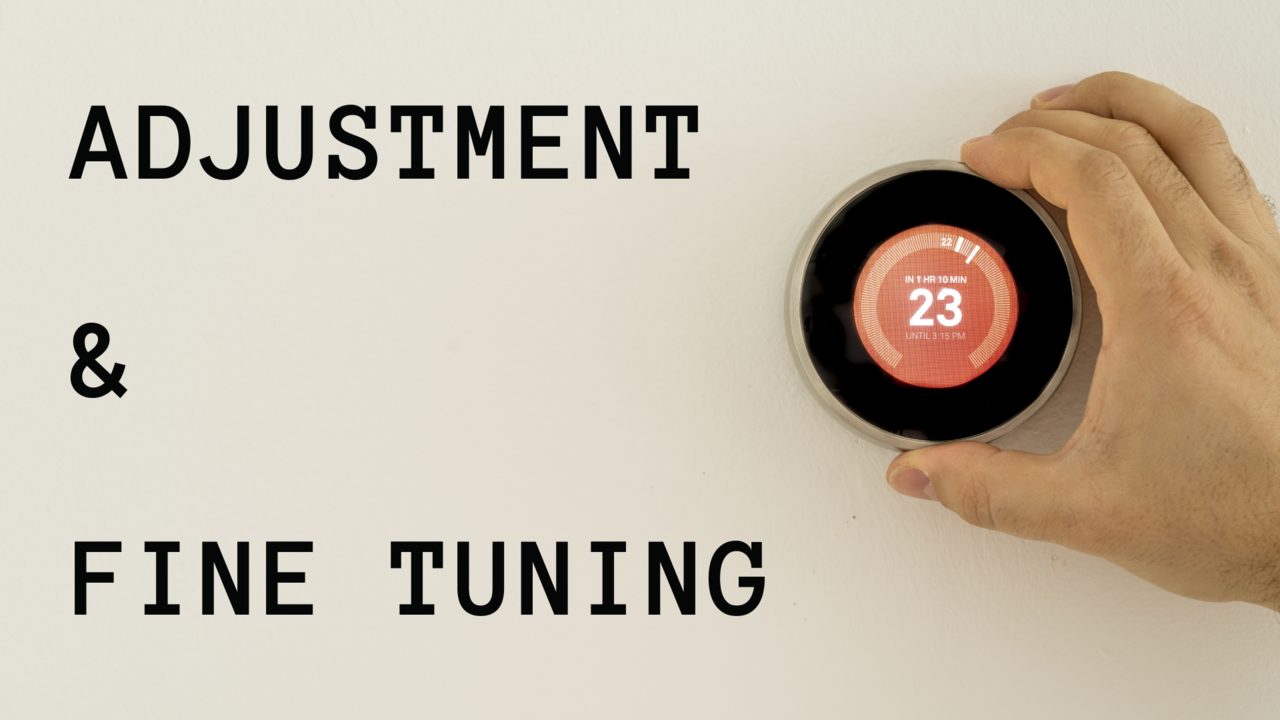3 Steps to Automating Rates and Reservations Process

You want to be able to adjust your rates frequently, but not spend hours implementing those changes. With the right tools - and process - you can spend less time on implementation and get it done more accurately.
Some boutique hotels spend huge amounts of time and stress to manage rates and still end up with mistakes and lower revenue. Higher costs and lower revenue are not a good formula for any business. For some, it becomes a perpetual cycle of crisis and frustration and eventually becomes accepted as part of the business. On the other hand, we have seen this problem with many hotels and it does not have to be this way.
You can automate rate changes by making them in the PMS and then have modifications calculate downstream (automatically) in the Channel Management Software, OTA, or Booking Engine.
Some of these rate modifiers should rarely change (non-refundable discount, extra person charges, etc.), but some changes in rate level should happen frequently. For example, you should adjust rates weekly (Rack, Basic, Standard), based on your occupancy and competitor rates. Then modifiers for Packages, Non-Refundable, etc... get applied as usual. Adjusting rates to the right level becomes much more difficult (and parity can become nearly impossible) if all these modifiers and other factors are changing all the time.
You should think about these problems in three dimensions:
-
People. Must be knowledgeable, trained, and have sufficient time to be familiar with the information and have time to act. This can be fairly analytical work, but also involves some marketing skills, so finding the right person is key to long term improvement.
-
Process. A process needs to be repeatable if it is going to be effective and efficient. Process should be simple and clearly understood by all. There may be changes at first as you try to optimize, but eventually this should settle down. If your process is changing all the time, or not clear to everyone, then something is wrong with the process and results will suffer.
-
Technology. Many hotels start by first thinking of the automation tools and software, but in many cases, this should be last. If you automate a bad process, you could make things worse... As Bill Gates said:
"... automation applied to an efficient operation will magnify the efficiency
...automation applied to an inefficient operation will magnify the inefficiency."
With the right people, process, and technology in place, you can adjust rates frequently to match market demand - and this will almost always increase ADR and Occupancy. There are three basic steps to getting to the promised land:
-
Install the right software. Connectivity and integration are critical. This means that each software platform should connect to your other systems, enabling automatic updating from one system to another. The right tools should also have key features, but not too many. An overwhelming amount of features, some of which you will never need, will create confusion. Training and support are also key factors in choosing the right software.
-
Each rate modification should happen in one place. For example, changes to seasonal Rack Rate or Room Availability are better to do in PMS and let them flow downstream to other applications and channels. Other derived rates, such as Packages or Non-Refundable rates can happen in the Channel Manager. They can also happen further downstream at the OTAs and Booking Engine, but make sure you are consistent. Further downstream, in the OTAs or Booking Engine, is where promotions and Extra person charges should be implemented. Although there are a few options, it is critical that you be organized and consistent and try to keep it as simple as possible. Otherwise, automation can be messy and ineffective.
-
Have a disciplined process. Experimentation can be a good thing, but when too many of these things are in flux all the time, it becomes hard to know what is working and the result is constant chaos. Get input from each key participant and design a detailed process. Then modify as you go along, but make sure that each modification is clearly communicated to every person and implemented properly in each system. Decisions that are made impulsively, without considering the impact to other people or processes, will often make a problem worse.
If you do all of these things properly, your revenue and profits can improve dramatically because:
- You can adjust rates more quickly with less manual work. Tasks can go from hours or days - to minutes or seconds.
- Manual labor should go way down, freeing up resources for more valuable tasks
- The increased speed allows you to adjust rates MUCH more frequently
- Rates are adjusted more intelligently, based on market supply and demand (competitor rates and occupancy)
- Rate adjustments are more accurate with less errors
- You will present a more consistent offer across channels, resulting in more visibility in every channel, which leads to more bookings
- Reservation and payment details get passed from consumer, to OTA, to PMS, automatically, resulting in lower costs, higher accuracy, and higher accuracy.
These are just some of the benefits of automating these processes. Once the software is installed and configured and people are trained, then the PROCESS becomes the key focus for getting the most out of your investment. Every hotel is unique, but try to design a process that is repeatable and adjust gradually over time. Process changes and experimentation are a good idea in the beginning, as you try to find the best combination of activities. But eventually, processes should settle down and major changes should not happen frequently, or you end up with a mess that never really becomes efficient. Process is the most overlooked factor, so put a lot of thought into PROCESS as you automate.
